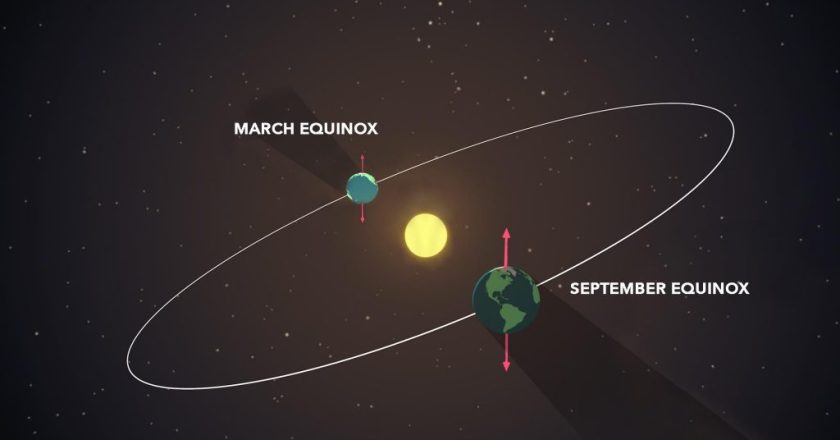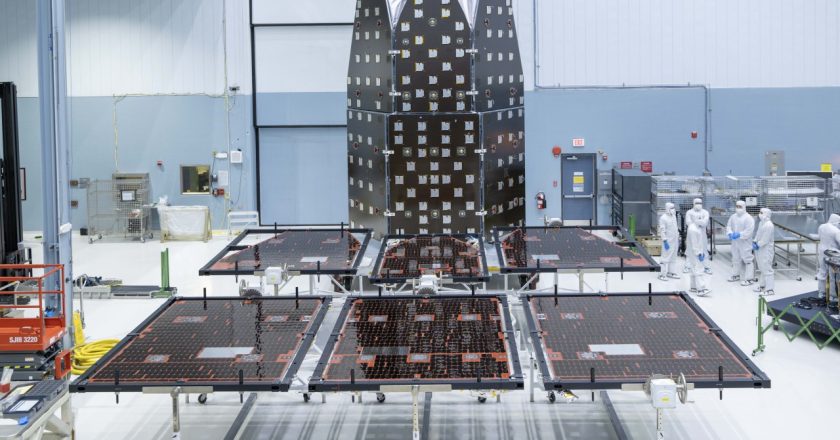March Equinox Welcomes ‘Astronomical’ Spring – NASA Blogs
by Lance D. Davis
Did you know our planet has two types of seasons? They are meteorological and astronomical. What’s the difference?
“Meteorological seasons” follow the changing of the calendar, month to month, and are based on the annual temperature cycle – seasonal temperature variations modified by fluctuations in the amount of solar radiation received by Earth’s surface over the course of a year. For instance, the meteorological season of spring begins each year on March 1 and will end on May 31.
However, “astronomical” seasons happen because of the tilt of Earth’s axis (with respect to the Sun-Earth plane), and our planet’s position during its orbit around the Sun.
An illustration of the March (spring) and September (fall or autumn) equinoxes. During the equinoxes, both hemispheres...



